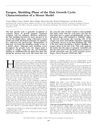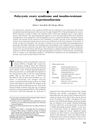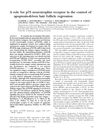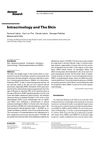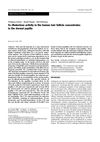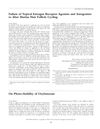Molecular Genetic and Endocrine Mechanisms of Hair Growth
January 2003
in “
Hormone Research in Paediatrics
”
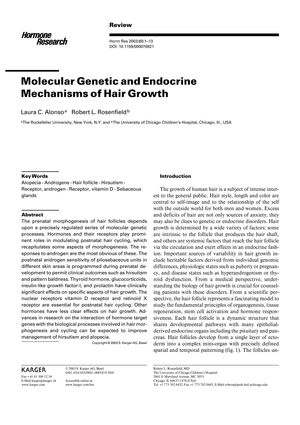
TLDR Hormones and their receptors, especially androgens, play a key role in hair growth and disorders like baldness.
The document from 2003 reviews the molecular genetic and endocrine mechanisms of hair growth, with a focus on the role of hormones and their receptors in modulating hair follicle function and postnatal hair cycling. It emphasizes the importance of androgens, particularly testosterone and dihydrotestosterone, and their receptor, the androgen receptor (AR), in determining hair follicle behavior and contributing to conditions such as hirsutism and pattern baldness. The number of CAG repeats in the AR gene is noted to affect AR activity, with shorter repeats leading to more active receptors. Estrogens and their receptors are also mentioned, with estradiol being produced in hair follicles and potentially influencing hair cycling, although their exact role is not fully understood. The document discusses the protective role of aromatase in non-balding hair follicles and the significance of the vitamin D receptor (VDR) in hair cycling, as evidenced by alopecia in mice lacking functional VDR. Other nuclear receptors and peptide hormones, including those for thyroid hormone, glucocorticoids, IGF-1, insulin, and prolactin, are highlighted for their roles in hair follicle development and cycling. The paper concludes that understanding the interaction of hormone target genes with hair morphogenesis and cycling could lead to improved treatments for hair growth disorders. No specific number of study participants is mentioned, as this is a review of existing research.

